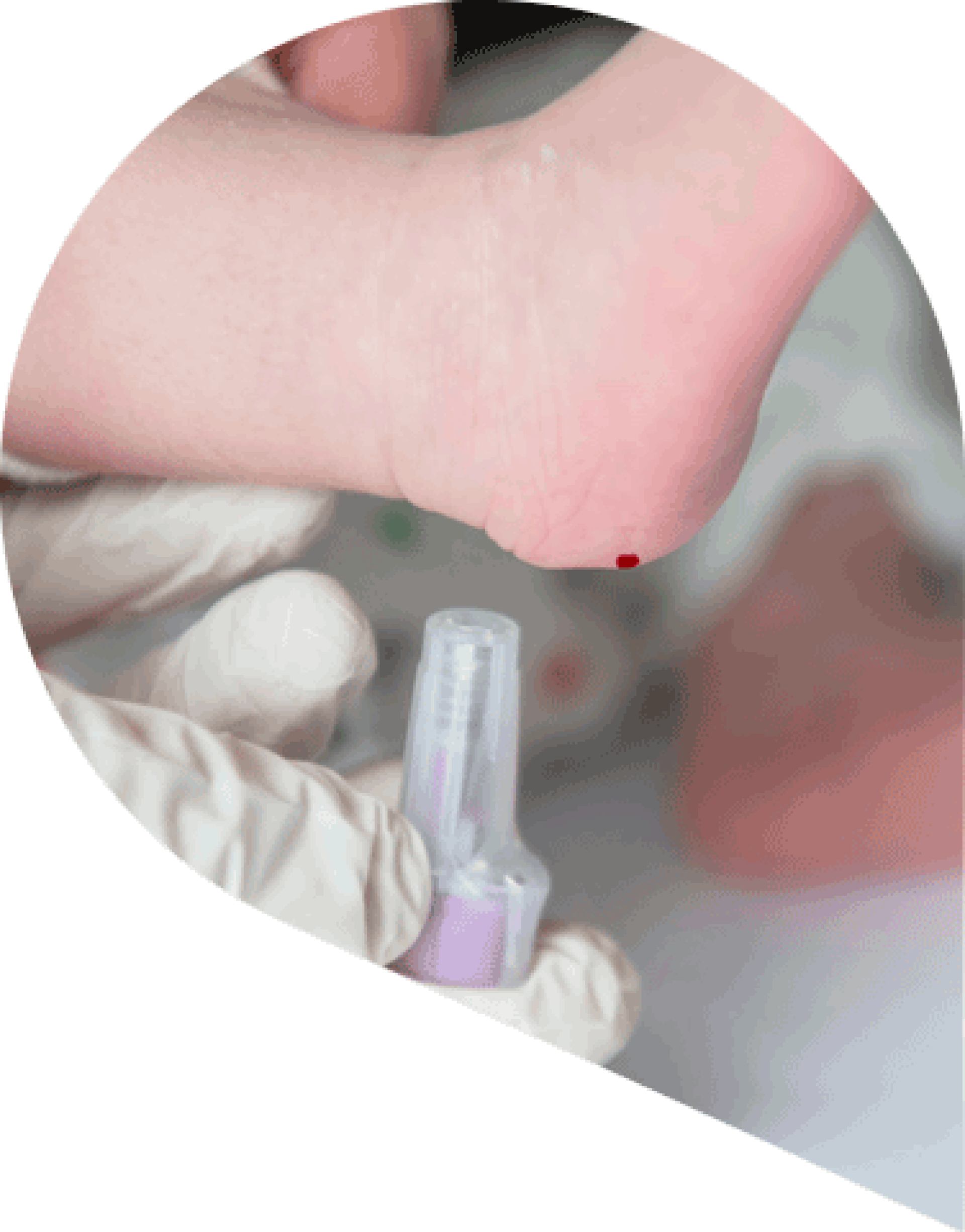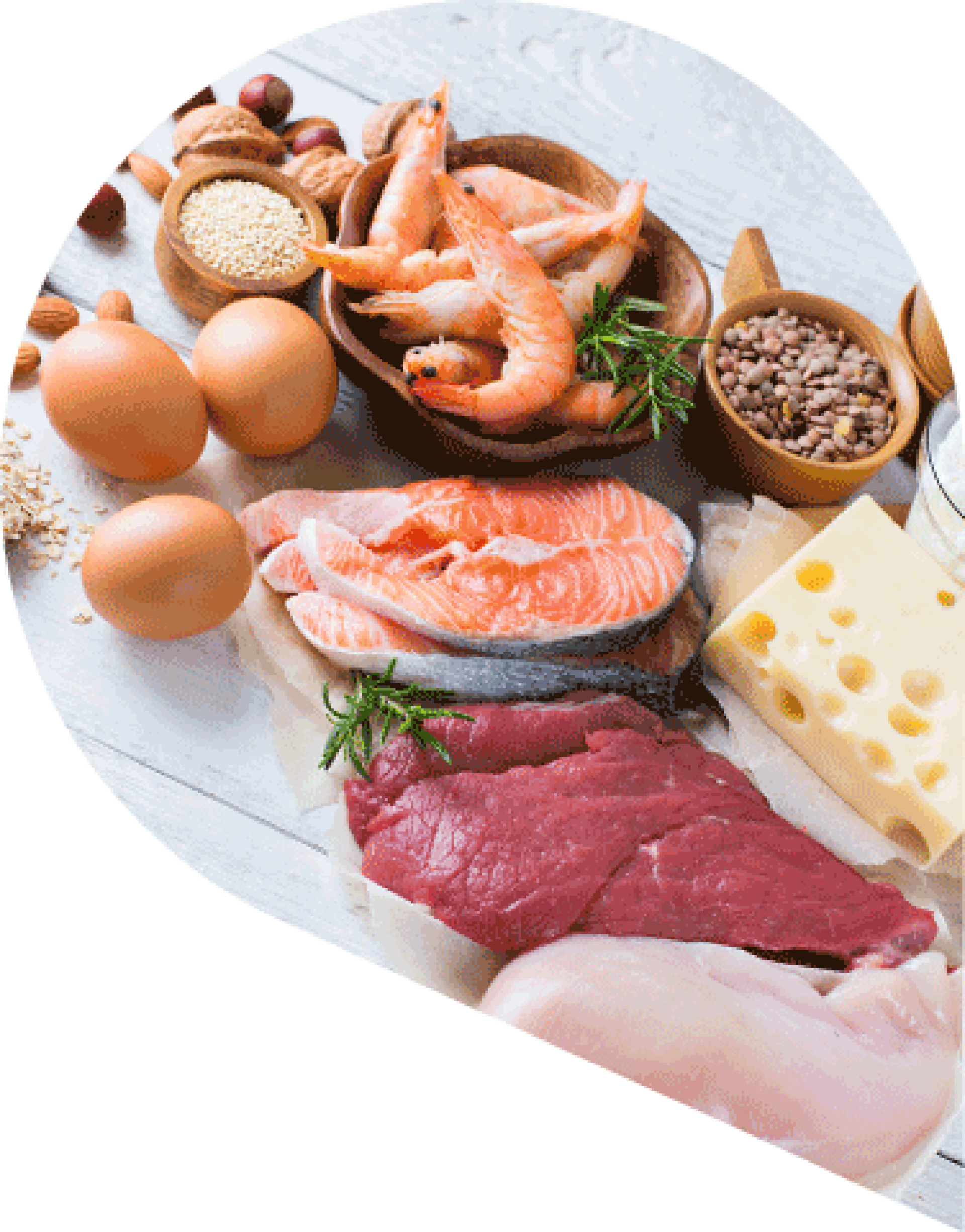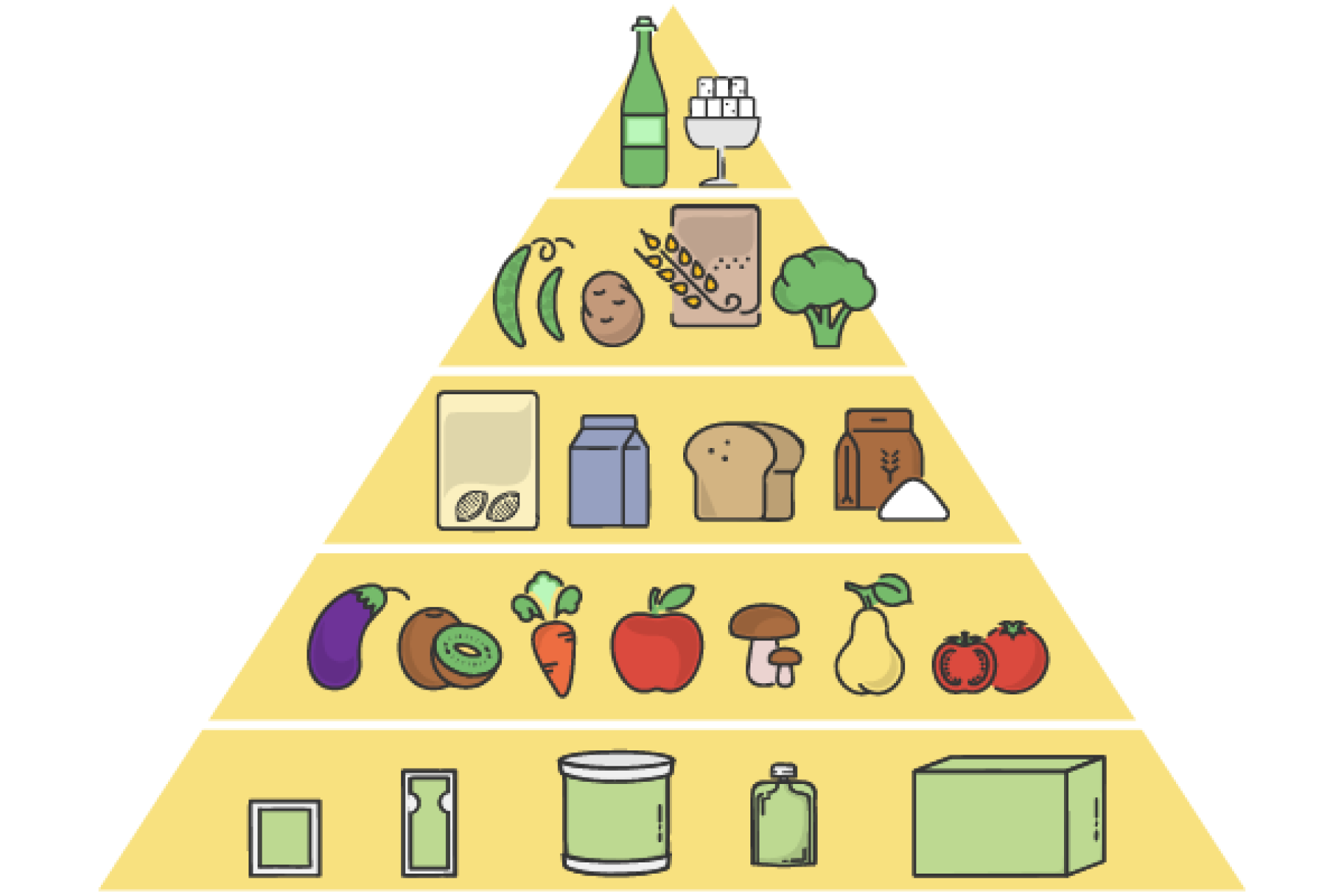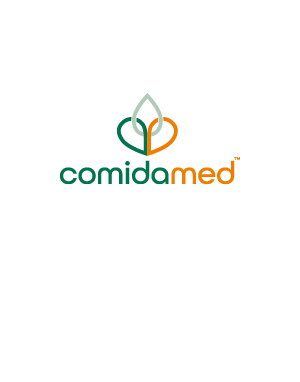Inborn Errors of Metabolism
Learn about the detection and treatment of inborn error of metabolism.
What are inborn errors of metabolism or inherited metabolic disorders?
Inborn Errors of Metabolism (IEM) – also referred to as Inherited Metabolic Disorders (IMD) – these are a heterogeneous group of genetic conditions that disrupt normal metabolic function.
Following ingestion, food is digested to release macronutrients (carbohydrate, protein, and fat) alongside micronutrients (vitamins, minerals, trace elements) and water. These nutrients enter complex metabolic pathways (thousands of enzyme mediated chemical reactions), which generate energy and synthesise essential biomolecules required for normal physiological function.
The term ‘metabolism’ encompasses the entirety of these biochemical processes within the body.
How are inborn errors of metabolism diagnosed?

The effects of inborn errors of metabolism (IEM) range from very mild to very severe.
Sometimes, IEM are not diagnosed until a person becomes unwell with their IEM. Nowadays, however, many are diagnosed through a system known as newborn screening (NBS).
NBS involves testing infants for IEM shortly after they are born. NBS is extremely valuable for promoting positive outcomes for IEM, where both an early diagnosis and an early start to treatment are often essential.
The availability of NBS and the number and type of disorders screened for varies from country to country.
Which conditions is newborn screening available for?
The disorders tested for via newborn screening (NBS) varies from country to country. The metabolic disorders tested for can include:
- Phenylketonuria
- Maple Syrup Urine Disease
- Urea Cycle Disorders
- Disorders of Leucine Metabolism
- Homocystinuria
- Organic Acidaemias
- Tyrosinaemia
- Glutaric Aciduria Type 1
Inborn errors of metabolism groupings
Inborn errors of metabolism (IEM) are rare and are grouped according to the nutrient metabolic pathway(s) they disrupt or prevent. The three categories of IEM are:
For example, Phenylketonuria is an IEM which sits under the protein grouping and is referred to as an inborn error of protein metabolism. Phenylketonuria is one of the most common IEM.
Protein metabolism
Dietary protein is made up of building blocks called amino acids. There are actually 20 different amino acids in the protein we eat. Our bodies use enzymes (which act like chemical scissors) to break down protein into amino acids.
Inborn errors of protein metabolism, also known as amino acid disorders, are genetic disorders that cause individuals to have difficulty metabolising (processing) one or more amino acids due to a faulty enzyme. The fault can cause the build-up of toxins in the body.

How to manage inborn errors of protein metabolism
The dietary management of inborn errors of protein metabolism depends on which disorder a person has and how severe it is.
Usually, there is a need to restrict the intake of natural protein in the diet, i.e. starting a low-protein diet.
Low protein, but used in moderation
Foods used to provide the daily phenylalanine requirement
Low protein staple foods
Fruit and vegetables low in phenylalanine
Protein substitute 3 or 4 servings per day

The amount of protein in these low-protein diets is often too low to meet protein requirements, and the person needs to take a product known as a ‘protein substitute’ to ensure protein requirements are met. Other elements of management may include medications.
Types of inborn errors of protein metabolism
Comidamed produces products to support the management of eight of the disorders of protein metabolism. This includes:
Information presented on this page is intended for healthcare professional use only. Food for Special Medical Purposes to be used under medical supervision.
Date of publication: 30/05/2025
